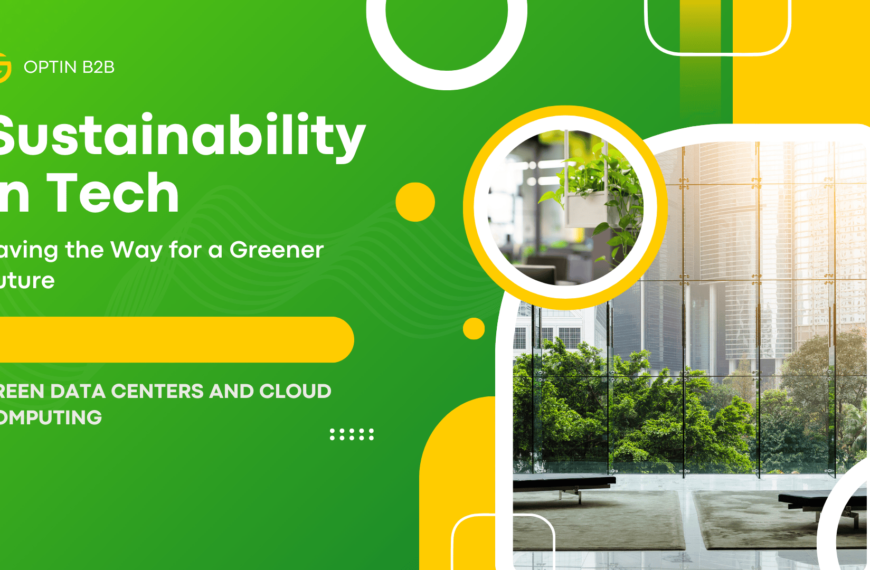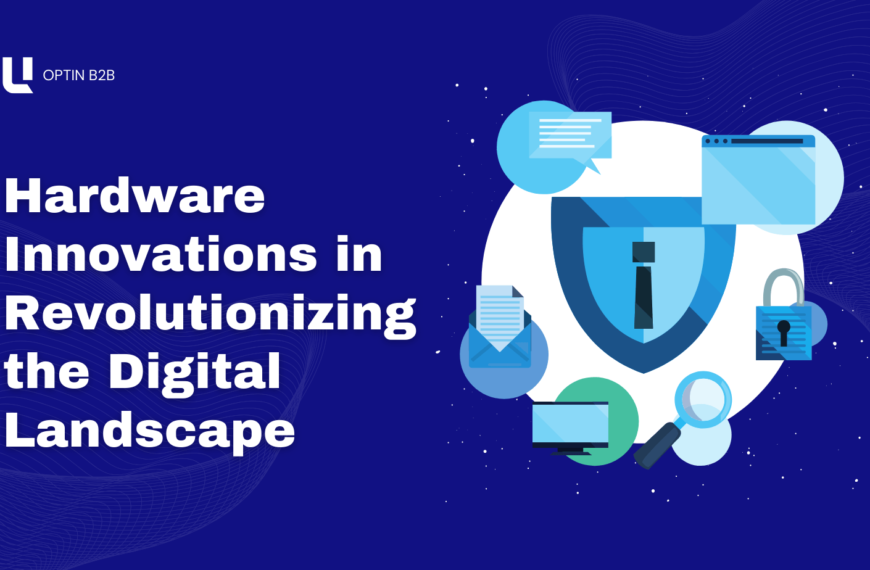The tech industry is increasingly adopting green computing practices, which focus on reducing energy consumption, enhancing the efficiency of digital processes, and minimizing environmental impact. Green computing can be seen in the design of energy-efficient hardware, data centers, and software solutions that aim to reduce carbon footprints. As energy demands grow and environmental concerns heighten, the need for sustainable technology solutions becomes more pressing. Leading tech companies are taking significant steps toward environmental sustainability, and this trend is transforming the industry.
Data centers are some of the largest consumers of electricity in the tech world, and their environmental impact has led companies to rethink how they operate. For instance, Google and Microsoft have made considerable investments in renewable energy to power their global data centers. These companies are not only reducing their carbon emissions but also using innovative methods like artificial intelligence to optimize energy consumption within these centers. Google’s commitment to using 100% renewable energy for its operations is an example of how green computing can lead to long-term environmental and economic benefits.
Moreover, software companies are also playing a role by developing applications that help organizations manage energy more efficiently. For example, many organizations now use cloud-based solutions to reduce the need for physical hardware, which in turn reduces the energy consumed by those devices. With more businesses embracing cloud computing, the overall environmental impact of technology infrastructure is being minimized. Amazon Web Services (AWS), for example, is leading the charge in helping organizations scale their IT operations without increasing their carbon footprint. The cloud infrastructure of AWS is powered by renewable energy sources, allowing businesses to scale sustainably.
As consumer demand for eco-friendly products grows, hardware manufacturers are under increasing pressure to design products that are both energy-efficient and recyclable. Apple has committed to reducing its carbon footprint by using recycled materials in its products, including aluminum and rare earth elements. This reduces the need for resource extraction and lowers energy consumption during production. Companies like Dell and HP are also following suit by designing devices with sustainable materials and offering take-back programs for recycling old hardware.
The rise of green computing also opens up opportunities for innovation in sectors outside the technology space. Industries like manufacturing, transportation, and logistics are leveraging tech solutions to minimize energy use and waste. Smart technologies, such as energy-efficient sensors and AI-driven optimization tools, allow businesses to monitor and adjust energy usage in real-time. These innovations are contributing to a wider adoption of sustainable practices across various industries, not just tech, driving positive environmental change on a global scale.
In conclusion, green computing is becoming a cornerstone of modern technological advancements. By investing in energy-efficient technologies, renewable energy solutions, and sustainable product designs, the tech industry is playing a key role in the fight against climate change. As more companies adopt these practices, the impact of green computing will only grow, creating a cleaner, more sustainable digital future. This shift is not just about environmental responsibility but also about creating long-term business value through sustainable innovation.














